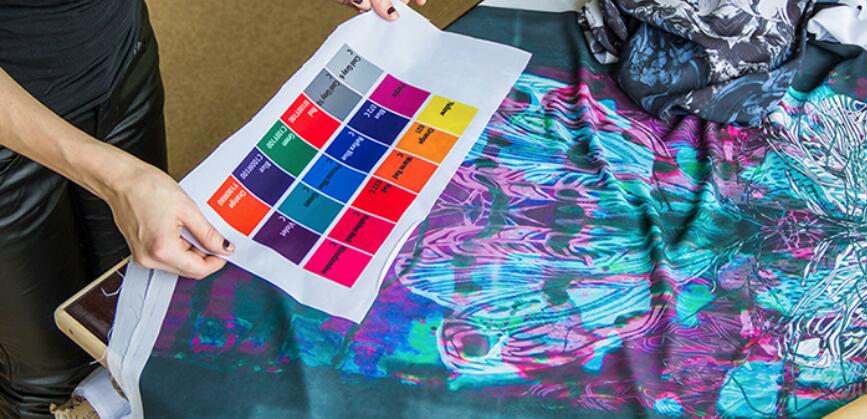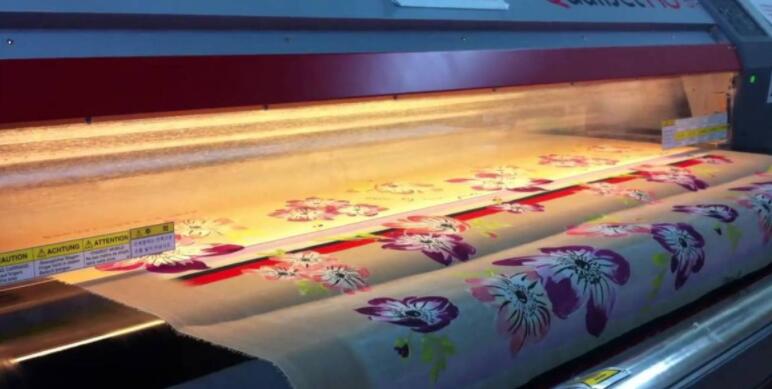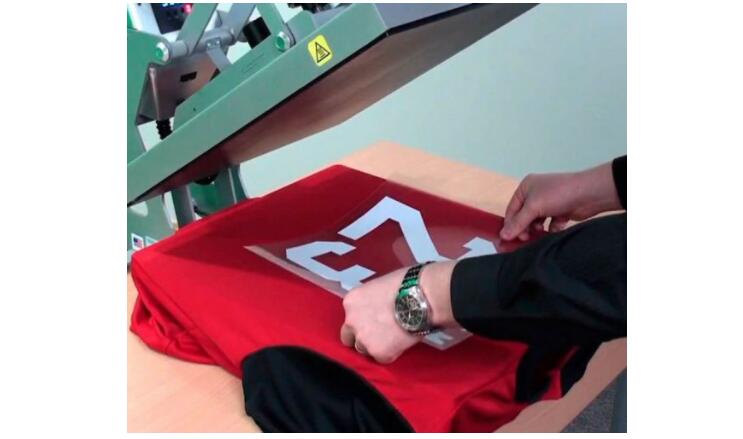Knowleages
The digital textile printing industry has seen rapid growth since the last decade as more & more users shift towards the digitalization of textile printing.
As most digital textile prints use less printing chemicals, it is becoming possible to produce a mass-produced, low-cost textile printing, even in high density formats (i.e. printed on demand - such as paperboard and printed on-demand with inkjet printers).
Also digital technology allows textile printing to achieve full photorealistic images (with no motion blur).

The use of digital printers allows one to inculcate ease, simplicity, fabric performance, consistency, and most importantly an enormous variety of colors in textiles thus making the whole process reliable & cost-effective overall.
There are several processes that come under the umbrella of printing on textiles digitally. In this article, we will be mainly discussing the DTF printing process (Direct to Film Printing) process.

Popular Textile Printing Processes. The Textile Printing Processes, or MPS, is the most common type of textile printing. Its major advantages are long lasting and low cost compared to traditional printing machines.
Print technology has its origins in papermaking in the Middle Ages. During the medieval period, textiles became highly valuable, especially for textile goods, although most production was low technology.
And Popular Textile Printing Processes –
- Digital Sublimation Printing
- Digital Textile Printing
- Direct To Film Printing

The DTF process is as simple in its working as its name suggests – Print on a film and directly transfer onto fabric.
The most prominent factor that makes this process worthy of use across a larger number of people is the freedom to choose almost any fabric.
Be it polyester, cotton, silk or synthetic fibres like rayon or terrycot, the DTF printing process will definitely work its magic on them.
